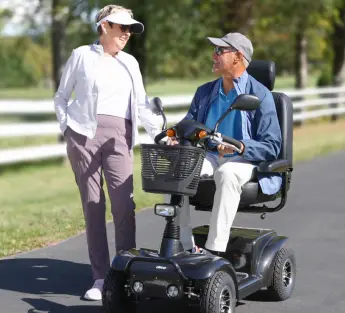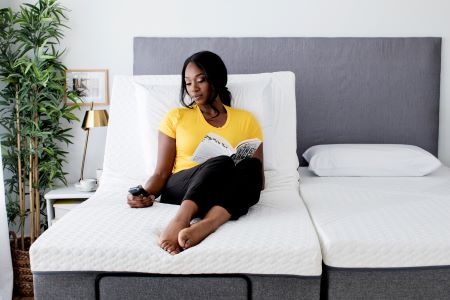For many individuals, the simple act of getting in and out of bed presents significant challenges. This everyday task can be especially risky for those with mobility impairments, stemming from conditions such as age-related weaknesses, physical disabilities, or recovery from surgery. Recognizing this struggle, innovative low-bed solutions have emerged, designed to provide safety, comfort, and a semblance of independence.
What are low beds?
Low beds, often known as hi-low beds, combine the essence of comfort with the necessity for accessible living. Designed with a low profile, these beds descend to heights as minimal as 9 inches above the floor. This feature caters not only to individuals transitioning from mobility aids but also to anyone who might benefit from a lower bed, such as those who find standard heights challenging or simply prefer the aesthetic and feel of a lower bed. The design transcends traditional furniture, providing a solution that promotes ease and safety for a broad spectrum of needs. It's a thoughtful fusion of functionality and innovation, aiming to bolster autonomy and provide peace of mind for a diverse clientele seeking the perfect balance between sleep and independence.
The Benefits of Low Beds
- The lowered height minimizes the risk of injury from falls, making it safer for individuals who may have balance issues or are prone to nighttime disorientation.
- They facilitate easier transfers for those using mobility aids and anyone who may find traditional bed heights challenging, thus promoting a greater sense of independence.
- Certain models of low beds come with therapeutic features like adjustable sections and built-in heat or massage options, which can help alleviate conditions such as arthritis, back pain, and poor circulation.
- The adjustable features allow for customized positioning, which can aid in reducing issues like acid reflux, snoring, and insomnia, promoting a better night's sleep.
- By reducing the physical effort required for bed transfers, low beds can ease the strain on caregivers, making the care process more manageable and less physically demanding.
- On top of the therapeutic features, low beds offer a variety of mattress types and bed sizes, ensuring that the bed can be tailored to meet specific health needs and personal preferences.
- The beds' adaptability caters to both temporary and long-term use, fitting a wide range of age groups and physical conditions.
- Modern low beds are designed to blend into home environments seamlessly, often with finishes that resemble traditional furniture rather than medical equipment .
Clearly, low beds offer a versatile and practical solution for a multitude of needs, merging safety, health benefits, and independence with the comfort and style of home living.
Practical Considerations and Drawbacks
- Cost: Low beds, especially those with advanced features such as adjustability and therapeutic functions, can be more costly than standard beds. It's an investment in your comfort and health, but the initial price point can be a barrier for some.
- Maintenance: The mechanical components that allow for height adjustment and other features require maintenance and, over time, may need repairs, which can add to the long-term cost.
- Bedding Size: Finding sheets and bedding to fit the unique dimensions of an adjustable bed can be challenging, and often, specialized bedding comes at a premium price.
- Research Thoroughly: Look into different models, their features, and read customer reviews to understand their long-term reliability.
- Consult Healthcare Providers: If you have specific health or mobility issues, your healthcare provider can offer advice on the type of bed that would best suit your needs.
- Warranty and Service: Choose a bed with a solid warranty and check if the manufacturer offers after-sales service, which can mitigate future repair expenses.
- Test the Bed: If possible, test out different beds to find the one that feels right for you, considering both comfort and ease of use.
Conclusion
Low beds offer an array of benefits, from reduced injury risk and increased independence to therapeutic features that can enhance health and comfort. While the practical considerations such as cost, maintenance, and special bedding requirements are important to keep in mind, the value of a good night's sleep and the freedom to move with ease is immeasurable.
As you explore the right solution for your mobility challenges, consider SpinLife's diverse range of low beds that cater to a variety of needs, ensuring that you find a personalized option that supports your lifestyle.





 Contact Us
Contact Us
 M-F 9am - 6pm ET
M-F 9am - 6pm ET
 Request parts
Request parts Request Service
Request Service

